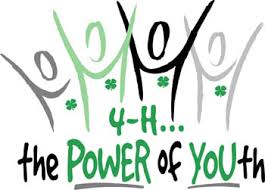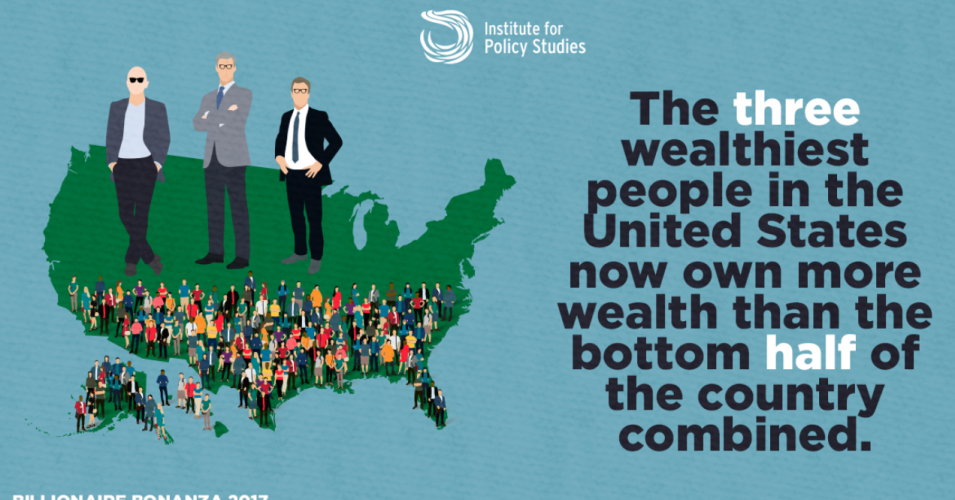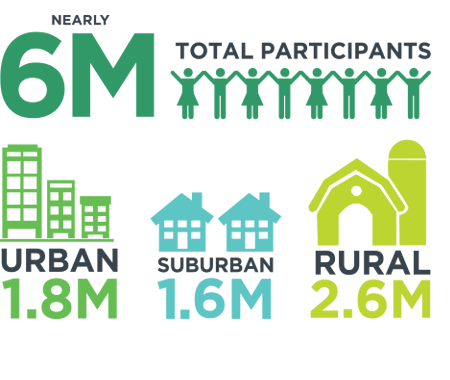Roxana Mogharrabin
In today’s world, when you pay attention to your surrounding it is not hard to notice the variation in “wealth, material possessions, power and authority, and prestige in our society” (udel.edu). Together, these variations make up a social class which in simpler words is the results of an unequal distribution of resources, power, and authority. From a humanities perspective, we can see how all the lenses we have learned about are interconnected. A person’s social class can affect their life greatly as they become limited in what they can and can’t do.

In an interview with Patti Segulja, the leader of Broken Bits 4-H club we talked about how her club member’s social class affects them. 4-H, a youth developmental group with the goal of shaping leaders for the future is funded and run by volunteers. It fosters many clubs globally such as engineering clubs, dance clubs, swim clubs, cooking, farming etc. Broken Bits is the youth equine program that 4-H oversees. Because owning horses can be expensive, Patti informed us that most of her members are not able to afford their own horses, thus they lease them and sometimes horse owners lease their horses for free. This along with the tack (horse gear) sale that takes place every year allows every person that wishes to compete in horse shows, can do so.

Ultimately, wealth determines social class and together they create power. If having power means having the resources to control others, then how would a person in the lower social class ever thrive past where they are, when they are constantly being controlled by someone above them? As we learned in class, “the three wealthiest people in the United States now own more wealth than the bottom half of the country combined”. In other words, those three people are controlling more than half of the country because they have the wealth to expand their resources which will then increase their power and authority. In addition, because a person’s income can limit them from pursuing higher education and receiving degrees, they can be left to do lesser paying jobs which overall will determine their social class. Moreover, age, race and region can impact a person’s social class, but let’s focus on the race aspect. According to Gallup,” Everything else being equal, whites are more likely than nonwhites to identify with a higher social class”. If everything else is equal, then why do white identify themselves with a higher social class? perhaps it is the beliefs and values being carried over from the past.

In A different Mirror: A History of Multicultural America, Ronald Takaki uses many examples to show how white people used their race to establish power and authority. During the period of slavery, the number of slaves determined a person owned determined their social class. The more slaves a person owned, the more wealth and authority they had as we know “Jefferson’s ownership of lands and slaves made him one of the wealthiest man in Virginia” (62).This illustrates how a person’s possessions (slaves were considered as possessions like land) used to define them and their importance, similar to how it is today.
Moreover, in the chapter El Norte, Takaki talks about how Texas farmers preferred having Mexican workers because whites would not do the work a Mexican worker would do, and they would certainly not live in the condition they would (298). This illustrates ethnic workers have always worked extremely hard for the money they earn, but that hard-earned money did not help them up the social class ladder because of the type of work they did. We can still see that today, there are a lot of people working to change their social class but are unable to do so simply because they are not provided the same opportunities because of their current social class that’s determined by their income, race, and the region they live in.

Unfortunately, not everyone knows about how divided the social class spectra is in the United States, and not everyone has the time to investigate it. As we have discussed before in regards to Amusing Ourselves to Death by Neil Postman, most people get their information from the media and a lot of the time the media “gives us something to talk about but cannot lead to any action” (68). If everyone knew how social class is created and how each category is affected, then people’s perception would change towards how they see other people in other social classes. Because we are not given information on every aspect of the situation, we are forced to create our perception and frame of reference based on ideas that only cover the surface, and don’t really lead anywhere.

To further learn about our community partner, we volunteered at the Tack sale that takes place annually on March 2, 2018. During our time there we went into more detailed conversation with Patti regrading how 4-H make the horse program affordable for kids and families in lower socioeconomic status. The annual tack sale is one the events that really helps struggling families, as they can purchase horse gear needed to participate in competitions for cheap. Sadly, it’s still a bit more difficult to win the competitions if your parents don’t have the same resources as the better off families in 4-H, who buy their kids professional show ponies and brand name saddles, as these things can sometimes influence the judge’s top pick. 4-H tries to make the horse program available to every social class, but unfortunately, the judges at competitions tend to place the most expensive rider first, which teaches kids that no matter how hard they train, they still might only fall second place to the kid with a shiny saddle. 4-H is trying to fix this issue by hand selecting judges and debriefing them on the matter and trying to make competitions fair. With the work 4-H is doing, every youth can thrive and do what they love.


Fiar Use Statement:
This site may contain copyrighted material the use of which has not always been specifically authorized by the copyright owner. All material is for nonprofit educational purposes. We are making such material available in an effort to advance understanding of human rights, economic, and social justice issues, etc. we believe this constitutes a ‘fair use’ of any such copyrighted material as provided for in section 107 of the US Copyright Law.
Word count: 993
References
Bird, R., & Newport, F. (2017, February 27). What Determines How Americans Perceive Their Social Class? Retrieved March 10, 2018, from http://news.gallup.com/opinion/polling-matters/204497/determines-americans-perceive-social-class.aspx
(n.d.). Retrieved March 11, 2018, from http://udel.edu/~cmarks/What%20is%20social%20class.htm
Postman, N. (1986). Amusing ourselves to death: Public discourse in the age of show business. New York: Penguin Books.
(P. Segulja, personal communications, February 28th, 2018)
Takaki, Ronald T., 1939-2009. (1993). A different mirror : a history of multicultural America. Boston :Little, Brown & Co.
4-H Hands-On Learning & Education Programs for Kids. (n.d.). Retrieved March 11, 2018, from https://4-h.org/